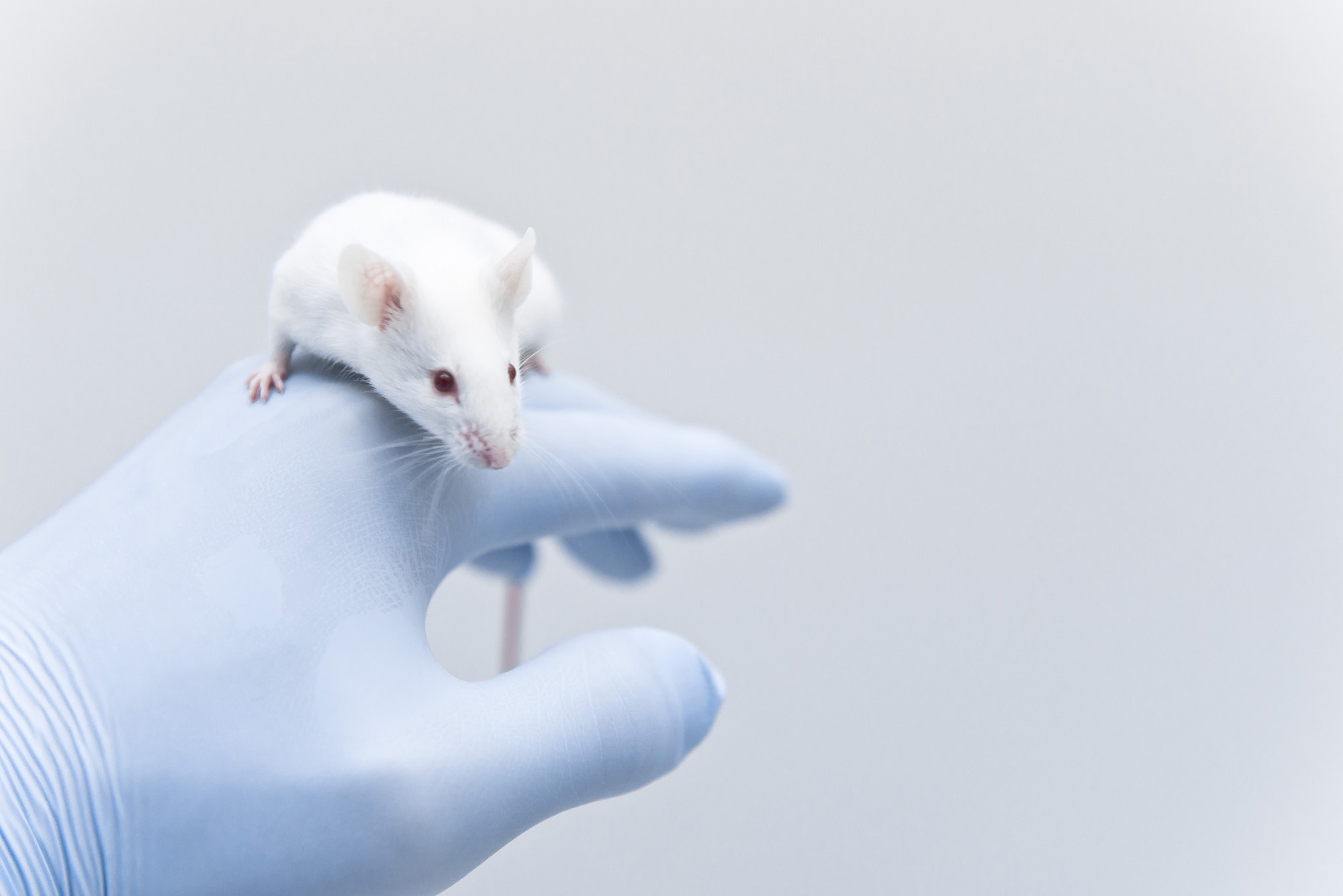Dec 2 2022Reviewed by Alex Smith
A team of researchers at Scripps Research announce successful preliminary tests of a new, nanotechnology-based approach against autoimmune diseases in the November 23rd, 2022, issue of ACS Nano.
 Image Credit: unoL/Shutterstock
Image Credit: unoL/Shutterstock
The scientists designed cell-like “nanoparticles” that attack only the immune cells triggering an autoimmune reaction, leaving the rest of the immune system unharmed and healthy. The nanoparticles significantly delayed, and in a few animals even stopped, critical disease in a mouse model of arthritis.
The potential advantage of this approach is that it would enable safe, long-term treatment for autoimmune diseases where the immune system attacks its own tissues or organs—using a method that won’t cause broad immune suppression, as current treatments do.
James Paulson, PhD, Study Senior Author and Cecil H. and Ida M. Green Chair, Department of Molecular Medicine, Scripps Research
Autoimmune diseases like rheumatoid arthritis occur when the immune system wrongly attacks a person’s own organs or tissues. These illnesses impact nearly 10 million people in just the U.S.
Treatments are present and can be successful for many patients, but they have a tendency to overpower the immune system arbitrarily, generating a higher susceptibility to cancers and infections—among other complications.
Paulson and his team have used an approach that attacks the immune system more narrowly. Several autoimmune diseases are prompted or driven by immune attacks on just a single protein in the patient’s body, called a “self-antigen.”
The idea behind the nanoparticle approach is to remove or neutralize only the immune cells that target that self-antigen. This method could be at least as effective as wide immune suppression without the complications.
Autoimmune diseases controlled by immune responses to a single self-antigen include a few types of arthritis, a skin blister disease called pemphigus, and the thyroid ailment Graves’ disease.
The scientists, including the study’s first author Katarzyna Brzezicka, Ph.D., a postdoctoral research associate in the Paulson lab, research assistant Britni Arlian, and other lab members, engineered nanoparticles that could neutralize two types of immune cells: T cells and B cells.
On its surface, each nanoparticle held copies of a target self-antigen, as well as a sugar-associated molecule that can adhere to a dedicated “off switch” receptor on B cells known as CD22. B cells, which create antibodies and are specific to diverse antigens, will successfully shut themselves off if they come across both the specific antigen they target and the binding partner of CD22 simultaneously.
Each nanoparticle also was mixed with a strong compound known as rapamycin to trigger the creation of immune cells called regulatory T cells. Treg cells, as they are also called, are accountable for defeating other T cells required for generating an autoimmune attack.
The study’s overall aim was to successfully knock out only the B and T cells that identify the self-antigen, leaving the other B- and T-cell populations untouched.
The scientists initially showed that their nanoparticle-based approach could tolerize the mouse immune system to a chicken protein, ovalbumin, that would otherwise stimulate a powerful response.
Subsequently, they tested the approach in an extensively used mouse model of arthritis, wherein the mouse immune system is genetically inclined to attack a self-antigen known as GPI. The researchers demonstrated that treatment of the mice with GPI-tolerizing nanoparticles at the age of three weeks significantly deferred the progress of arthritis signs that would usually show up a week or two later.
Around a third of the mice stayed arthritis-free for most of the follow-up period of 300 days. Tests verified that the treatment clearly decreased the mice’s generation of anti-GPI antibodies, and simultaneously improved their Treg populations.
Paulson says his team hopes to follow up these extremely encouraging outcomes with additional optimization of the nanoparticle approach.
“We were able to ‘cure’ a third of these animals in this early demonstration, and I think there's the potential to combine our nanoparticles with other immune modulator treatments to make it even more effective,” Paulson says.
So that will our next step—as well as demonstrating our technology against other autoimmune diseases caused by unwanted immune responses to a self-antigen.
James Paulson, PhD, Study Senior Author and Cecil H. and Ida M. Green Chair, Department of Molecular Medicine, Scripps Research
The study was co-authored by Britni Arlian, Katarzyna Brzezicka, Shengyang Wang, Martin Lotz, Merissa Olmer, and James Paulson, all from Scripps Research.
This study was partly funded by the National Institutes of Health (R01AI050143 and R01AI132790).
Journal Reference:
Brzezicka, K. A., et al. (2022) Suppression of Autoimmune Rheumatoid Arthritis with Hybrid Nanoparticles That Induce B and T Cell Tolerance to Self-Antigen. ACS Nano. doi.org/10.1021/acsnano.2c05643.
Source: https://www.scripps.edu